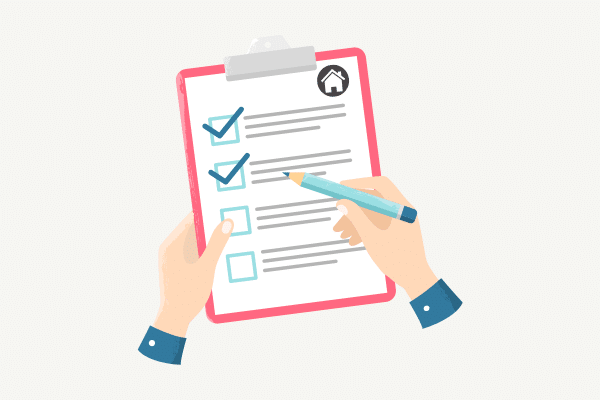
Owning a rental property is a great way to build wealth, but before you start collecting rent, there’s a lot more to think about than just finding tenants. Miss a key financial step, and your “passive income” could turn into a tax or cash flow nightmare.
Many first-time landlords assume renting out a property is as simple as handing over the keys and watching the money roll in. But without the right financial plan, you could overpay in taxes, miss valuable deductions, or struggle with cash flow.
Let’s walk through four must-do financial steps to make sure your rental property is profitable, tax-efficient, and stress-free.
1. Update Your Insurance—Because Homeowner’s Coverage Won’t Cut It
If you’re renting out a property you once lived in, here’s something you might not know: your homeowner’s insurance won’t protect you anymore.
What You Need Instead:
- Landlord Insurance – Covers property damage, liability claims, and lost rental income if your property becomes unlivable.
- Umbrella Policy – Adds extra liability coverage in case of legal issues.
- Require Renter’s Insurance – Tenants should carry their own renter’s insurance to protect their belongings.
Tax Benefit:
Good news! Your landlord insurance is fully deductible. Many new landlords miss this tax write-off, but a real estate-savvy CPA in Austin, Texas can make sure you don’t.
2. Understand Depreciation & Tax Deductions—Because the IRS Wants Its Cut
If you’re not leveraging depreciation and rental deductions, you’re leaving thousands of dollars on the table.
Key Tax-Saving Strategies:
✔ Depreciation – The IRS lets you write off the cost of your rental property over 27.5 years, lowering your taxable income.
✔ Operating Expenses – Property taxes, insurance, repairs, and utilities are fully deductible.
✔ Home Office & Mileage – If you manage your rental from home, part of your mortgage, internet, and travel expenses could be deducted.
Why It Matters:
Most tax software misses these advanced deductions. A seasoned Austin tax accountant can ensure you’re maximizing your tax savings and staying IRS-compliant.
3. Decide Whether to Self-Manage or Hire a Property Manager—Because Time Is Money
Managing a rental property isn’t just about collecting rent. It’s also about tenant screening, handling maintenance, chasing payments, and bookkeeping.
What to Consider:
✔ Self-Management – More control, but more work dealing with tenants, maintenance, and rent collection.
✔ Hiring a Property Manager – Less stress, but property management fees typically range from 8-12% of monthly rent.
✔ Tax Benefits – The good news? Property management fees are 100% tax-deductible.
Pro Tip:
If you’re unsure which option makes the most sense, an Austin small business accountant can help you run the numbers and decide what’s best for your bottom line.
4. Plan for Taxes & Cash Flow—Because Surprise Tax Bills Are the Worst
Rental income isn’t just extra cash. It comes with tax implications. If you don’t plan ahead, you could end up owing more than expected when tax season hits.
How to Keep More of Your Money:
✔ Estimate Your Tax Bill – Rental income is taxable, but deductions like depreciation and expenses help offset it.
✔ Separate Your Finances – Open a dedicated bank account for rent payments and rental expenses to simplify tax filing.
✔ Work With a CPA – A tax advisor in Austin can help you develop a cash flow strategy that minimizes taxes and keeps your rental business profitable.
New to Rental Property Ownership? Let’s Maximize Your Tax Benefits.
Owning a rental property is a great investment, but only if you structure it correctly from day one. The right tax strategy can save you thousands every year but one misstep could cost you more than you expect.
At Insogna CPA, we specialize in real estate tax planning, helping first-time landlords and experienced investors maximize deductions, stay compliant, and keep more of their rental income.
Let’s make sure you’re set up for success. Book a tax planning session today...
